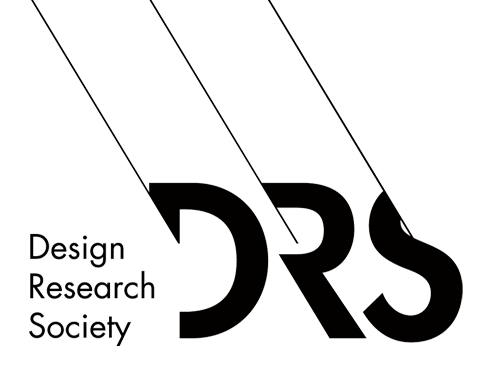Abstract
This study examines the transformative role of generative AI (GenAI) in design through the lens of the material turn, which foregrounds materiality’s agency in shaping human practices. In this context, GenAI is not a mere tool but an active participant in co-creation, challenging subject-object distinctions in design philosophy. Drawing on ontological design, postphenomenology, cognitive science, and material engagement theory, we reinterpret creativity as an emergent phenomenon within sociomaterial networks. Our framework reveals design as a relational process, where creativity unfolds through adaptive interactions, shifting the designer’s role from control to orchestration. We conclude by highlighting the subject- and object-decentered interpretation of design, emphasizing the feedback loops through which human and non-human agents mutually constitute each other over time, creating a new, evolving creative ecosystem.
Keywords
generative AI; material turn; distributed agency; ontological design; philosophy of design
DOI
http://doi.org/10.21606/eksig2025.127
Citation
Schneider, Á.,and Csűrös, D.(2025) Towards Distributed Creativity: Understanding Generative AI in the Context of Design Philosophy and the Material Turn, in Karyda, M., Çay, D., Bakk, Á. K., Dezső, R., Hemmings, J. (eds.), Data as Experiential Knowledge and Embodied Processes, 12-13 May, Budapest, Hungary. https://doi.org/10.21606/eksig2025.127
Creative Commons License

This work is licensed under a Creative Commons Attribution-NonCommercial 4.0 International License
Towards Distributed Creativity: Understanding Generative AI in the Context of Design Philosophy and the Material Turn
This study examines the transformative role of generative AI (GenAI) in design through the lens of the material turn, which foregrounds materiality’s agency in shaping human practices. In this context, GenAI is not a mere tool but an active participant in co-creation, challenging subject-object distinctions in design philosophy. Drawing on ontological design, postphenomenology, cognitive science, and material engagement theory, we reinterpret creativity as an emergent phenomenon within sociomaterial networks. Our framework reveals design as a relational process, where creativity unfolds through adaptive interactions, shifting the designer’s role from control to orchestration. We conclude by highlighting the subject- and object-decentered interpretation of design, emphasizing the feedback loops through which human and non-human agents mutually constitute each other over time, creating a new, evolving creative ecosystem.

